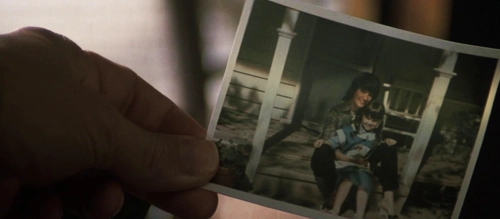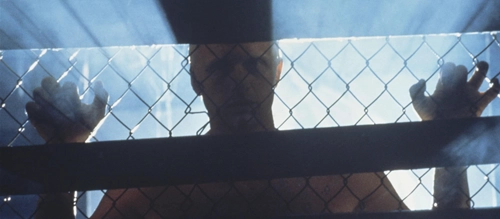10 Best Blade Runner Moments
It’s hard to think of another film that has been so subtly influential as Blade Runner. Mixed reviews at the time of release in 1982 and an underwhelming box office return hasn’t stopped it from slipping into the cultural subconscious. The proto-cyberpunk neo-noir thriller of Harrison Ford’s Rick Deckard, bounty hunter in 2019 tasked with tracking down four rogue humanoid machines (replicants), has certainly not had the easiest road to acceptance.
Three versions in (the original cut, the Director’s Cut, and the Final Cut), the film is finally somewhere close to how director Ridley Scott envisioned the adaptation of Philip K. Dick’s original novel, “Do Androids Dream of Electric Sheep?” The neon skyscrapers, Vangelis’s haunting synthesised score, Syd Mead’s concept art and world design, the constant fog and rain, all culminates in a dreamy world that, once seen, is never forgotten. Years later, in 2017, Denis Villeneuve would release the sequel, Blade Runner 2049, which earned Roger Deakins his first cinematography Oscar, along with best visual effects. Although this was also a relative box office failure, it has gone on to be regarded as one of the best films of the 2010s.
The original film is filled with iconic images, moments, scraps of dialogue, and touches of nuance that have allowed it to withstand the test of time. This Movie List from The Film Magazine aims to decipher which are the best, in this: the 10 Best Blade Runner Moments.
Follow @thefilmagazine on X (Twitter).
10. A Hard Copy

Being made in 1981 and released in 1982, as with most near-future works of fiction, certain things didn’t exactly pan out the way they expected they would. Even with the flying cars and human-like replicants, people still laugh at the idea that Atari would be a massively successful console in today’s world, an idea ramped up in the famous logo shot in Blade Runner 2049. One moment that shows how they thought technology would advance involves Deckard examining a photograph on a computer screen, asking it to track right and left and in and out, with the machine seemingly finding impossible angles to spot a tattoo not visible in the original photograph.
Not only does Deckard’s dialogue and the sounds of the machine make it into the Vangelis soundtrack release, but it very nicely and subtly plays upon the postmodernist ideas that Blade Runner examines. The boundaries between real and unreal, illusion and reality, break down as the seemingly impossible is accomplished by technological advances. One literally changes their view of the world. Even when a photograph has captured a singular viewpoint, the viewpoint can change. As you are guided through the film, the changing viewpoints, beliefs and ideas, the very notion that binaries are more in flux than initially believed, continues to be played upon, and so this small piece of detective work not only advances plot details but reinforces the film’s thematic underpinnings.
Recommended for you: ‘Blade Runner’ at 40 – Review
9. Gotta Shoot Straight

The final chase between Deckard and Batty is a strange one. Much less drawn out in the novel, this cat-and-mouse inside the worn down, derelict Bradbury building is full of wonderful cinematography and strange bits of dialogue, and sees the two characters feeling each other out, confronting each other for the first time and final time.
What makes it so strange is how anti-Hollywood it is. There are no big explosions, no big gunfights aside from one or two shots. Harrison Ford hardly says a word to Batty the entire time. Much of it is Deckard running away terrified, three fingers broken, as a howling mad Batty pursues him through the ruined, almost Gothic mansion of a building, through the apartments abandoned, dripping and decaying. Yet it reflects Batty in many ways, coming to the end of his life, piercing himself Christ-like to keep his motor functions going, howling like a wolf and laughing and shouting and playing games to bring life to a shell that is so close to finally collapsing. The last one of his group, he finally comes within sight of the end, and the ferment of rage and anger and confusion and sorrow is plain to see. Perhaps it is in seeing Deckard’s fear of him that he chooses eventually to save him. Both are scared, both fearing the end, both seeing the potential for their deaths. In the end, only one can be granted a reprieve from death, and the run through the dark, watery chambers of the building beautifully set up their Shakespearean final scene together on the rooftop.

